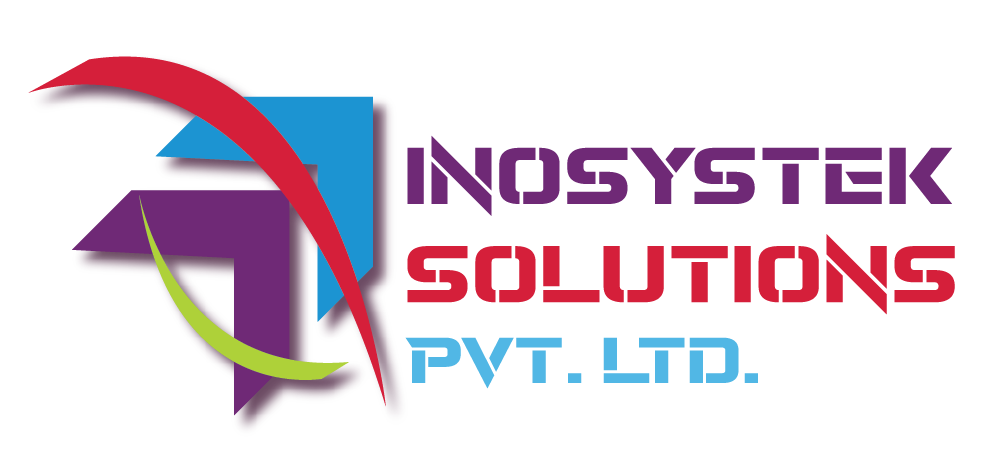TEMPERATURE PROFILING: UNDERSTANDING THE BASICS
When employing heat treatment as part of your manufacturing operation, the critical information you need is the temperature of the product as it is taken through the heating process. Achieving the correct temperature — and for the correct time — can significantly affect the quality of the product, whether it be the correct cure on a painted car body or the physical properties of a heat-treated aerospace part. The System also confirms the heating process is as per the Global standard of NADCAP/ASM2750E or CQ1-9.
Temperature profiling is the term used to describe the process of recording and interpreting the temperatures of products and/or air through a heat-treating process. Temperature data is measured continuously using thermocouples connected directly to the product(s) at different locations as it travels through the oven or furnace. The measured temperature readings are stored in a data logger. which moves along with the product and is protected from the hostile environment of the process by a thermally insulated box referred to as a thermal barrier. Either during the process “telemetry” or post-process, the profile data is retrieved from the data logger and transferred to a computer software package where it can reviewed, analyzed and reported.

Temperature data collected from the profiling operation provides a graph/profile showing what temperatures the product or oven experienced during the entire heating procedure. Such information creates a thermal fingerprint of the product and process, which is critical to the understanding of the heating operation. In its simplest form, this information tells you how hot your product became and for how long, and what temperatures it reached and at what point. Process engineers know what the perfect profile for their product should be; variations from the ideal indicate a potential problem or unacceptable quality. By analyzing the profile, they are able to verify products are of the highest quality, increase throughput, and solve production problems.


